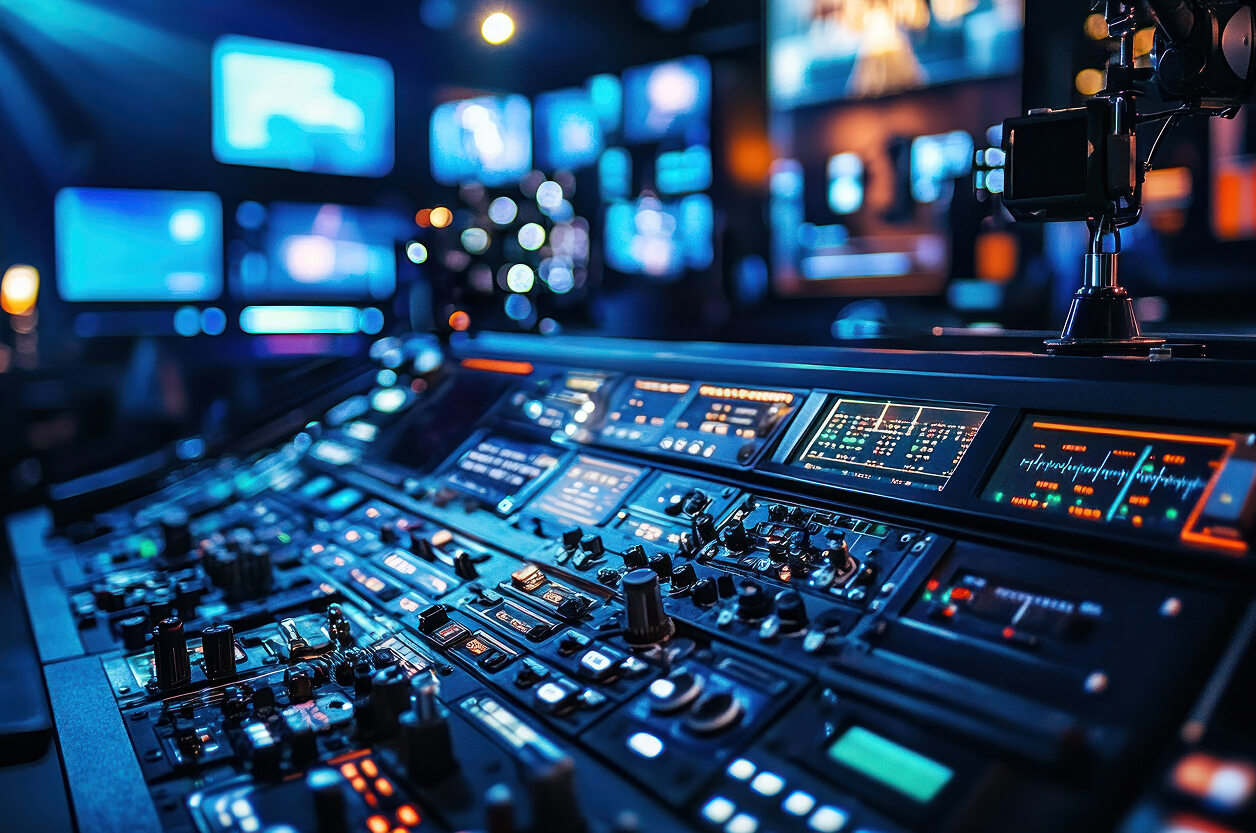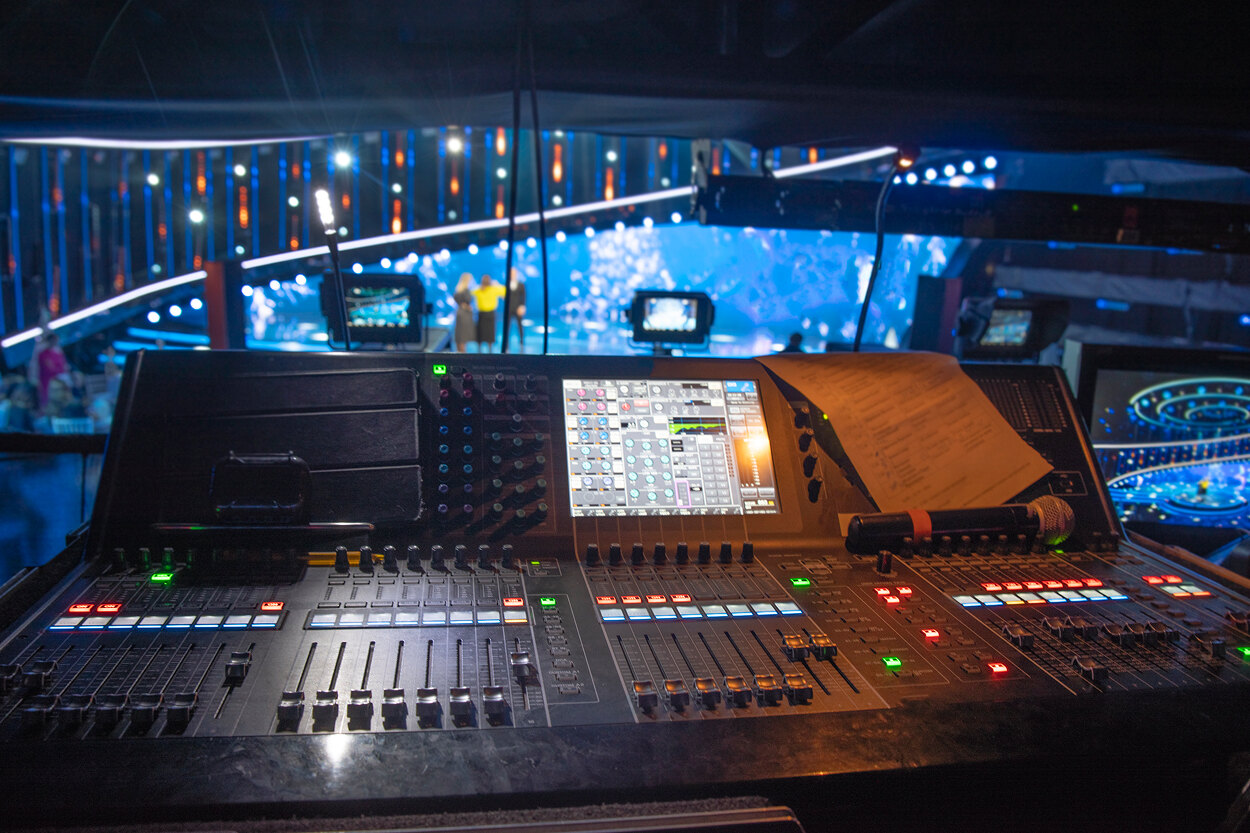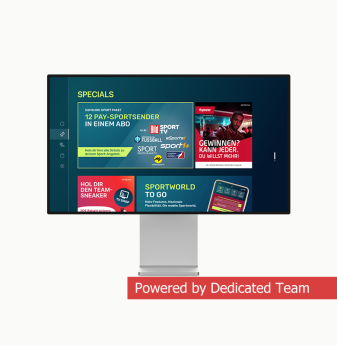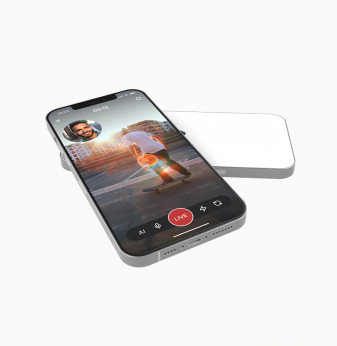Bringing AI Effects to Live Broadcast: Stylization, Interpolation & Superresolution at Zero Latency

In modern live production, viewers expect not just clean video but visual flair — dynamic styling, smooth motion, higher detail — even under constrained bandwidth or camera capture. Traditionally, such effects are reserved for post-production. But advances in neural networks and hardware acceleration are pushing AI effects into live broadcasting workflows. This article explores how zero-latency AI video effects — neural stylization, frame interpolation, and superresolution — can be integrated into live broadcast chains, what are their constraints, architectures, tradeoffs, and paths to deployment.
Why AI effects matter in live broadcast
Broadcast competition is no longer just about reliable delivery: it’s about distinctive visual identity, immersive experiences, and differentiation. Live AI effects can enable:
- Stylized looks in real time — applying artistic filters or creative visual themes on live feeds
- Motion smoothing — inserting interpolated frames to reduce judder or adapt frame rates
- Upscaling from lower-resolution streams — superres boosting, e.g. delivering sharper HD from limited source
- Dynamic adaptation — adjusting effect strength based on content complexity or bandwidth
If done correctly, these effects can run without perceptible latency, preserving synchronization and broadcast reliability.
Key AI effects and their mechanisms
Neural stylization / real-time style transfer
Neural style transfer (NST) applies the visual appearance of a style image (e.g. brush strokes, color palettes) onto a content video stream. For live use, the model must operate at full frame rate with temporal consistency (avoiding flicker or "popping"). Techniques include temporal smoothing, blending across frames, and stabilized feature propagation. Real-time style transfer has been demonstrated in live webcam pipelines. Medium+1
In broadcasting, stylization could be used in transitions, themed segments, or aesthetic overlays during live shows.
Frame interpolation
Frame interpolation (motion-compensated frame generation) inserts intermediate frames between existing ones to increase perceived frame rate or smooth motion. Some joint models combine interpolation and superresolution to output higher frame rate + higher resolution (e.g. FISR model) arXiv. Also models like RSTT aim to produce space-time superresolution (both temporal and spatial upscaling) in one transformer-based architecture. arXiv
For live broadcast, interpolation can smooth camera pans, slow-motion replays, or improve perceived smoothness under limited framerate.
Superresolution / upscaling
Given a lower-resolution feed (e.g. 1080p or even lower), superresolution (VSR) reconstructs higher-detail frames. Several hardware-centric designs exist. For example, an FPGA-specific accelerator for super-resolution achieves real-time throughput and energy efficiency. cse.cuhk.edu.hk+1 Another design, ERVSR, uses a recurrent neural network on FPGA for video superresolution, exploiting temporal correlation and lightweight architecture. ResearchGate
Live superresolution can improve quality for streaming, remote feeds, or constrained-camera inputs.
Architecture patterns for zero-latency AI effects
To embed these AI effects into live pipelines, certain architectural patterns are essential:
- Edge/ingest node effect insertion
Perform stylization, interpolation, or upscaling as early as possible (ingest point or camera edge) to minimize downstream load and maintain sync.
- Pipelined, fully-synchronous processing
Architect effect modules in deeply pipelined fashion, with fixed-latency stages, avoiding dynamic stalls. Use hardware acceleration (FPGA, ASIC, or tightly optimized GPU kernels).
- Temporal state propagation
Maintain hidden state or feature memory across frames (e.g. recurrent networks) to stabilize stylization or link temporal frames for interpolation/VSR.
- Fallback / bypass paths
In scenarios of overload or failure, bypass AI effects to pass through raw video, ensuring the core broadcast chain remains reliable.
- Frame alignment and synchronization
Ensure effect output aligns with original timecode and audio pipelines. Latency must be predictable and within tolerance.
- Adaptive effect intensity control
Dynamically scale effect strength (e.g. less stylization, lighter interpolation) based on scene complexity, compute load, or network constraints.
Implementation challenges & tradeoffs
Latency budget
AI effect modules must fit tight latency bounds (few milliseconds) to avoid visible delay. Heavy models or large receptive fields are tough to deploy.
Temporal consistency
Stylization or interpolation must avoid flicker, spatial jitter, or artifacts between frames. Temporal smoothing, blending, or continuity loss must be addressed.
Compute and memory constraints
High-resolution video demands large compute throughput and memory bandwidth. Models must be quantized, pruned, or carefully tiled to suit hardware.
Model complexity vs robustness
Simpler models run faster but may produce lower-quality output or artifacts. More expressive models risk exceeding latency constraints.
Failure modes & error correction
AI effects might introduce artifacts (ghosting, blurring, style leaks). Monitoring modules should detect and correct or disable effects in problematic frames.
Synchronization with audio, subtitles, overlays
AI-generated frames must coordinate with audio, captions, graphics overlays. Introducing effects must not misalign these components.

Use cases and practical scenarios
- Live event stylization: apply a thematic filter (e.g. “vintage”, “comic”, “night mode”) during live segments to maintain brand look
- Remote contributions: upscaling lower-quality remote camera signals to match main broadcast resolution
- Slow-mo replay smoothing: interpolation-based smoothing of replays to reduce jerkiness
- Bandwidth-adaptive upscaling: send lower-quality feeds upstream and superresolve near the ingest server
- Augmented graphics blending: stylization as part of integrated graphics pipelines in AR overlays
Deployment roadmap
- Prototype individual effect modules (stylization, interpolation, superresolution) offline
- Measure latencies and performance on target hardware (FPGA, GPU)
- Integrate into pipelined ingest path with fixed-latency constraints
- Add bypass logic and fallback controls
- Test under complex live scenes (fast motion, lighting change)
- Monitor artifact rates and correct model tuning
- Deploy in pilot live events; gradually expand effect coverage and user selections
AI Overview: Zero-Latency AI Video Effects in Live Broadcast
Real-time neural stylization, frame interpolation, and video superresolution bring next-level visual enhancements into live broadcast, provided they run within tight latency constraints. Models must preserve temporal stability, integrate into pipelines with pipelined deterministic latency, and allow safe fallback paths. With hardware acceleration on FPGA/GPU and careful design, AI effects shift from post-production novelty into real-time production infrastructure.
Key Applications: live stylistic filtering, smooth motion interpolation, upscaling remote or lower-resolution feeds, immersive visual effects in broadcast.
Benefits: richer visual aesthetics, perceived smoothness, quality enhancement without extra capture cost, dynamic adaptation to scene demands.
Challenges: fitting into microsecond latency budgets, avoiding temporal artifacts, compute and memory constraints, integrating with audio and overlays.
Outlook: by 2028, live AI effects will become standard in premium broadcasts. Adaptive effect blending, modular effect pipelines, and near-lossless zero-latency models will drive adoption.
Related Terms: neural style transfer, video superresolution, frame interpolation, spatio-temporal modeling, pipelined inference, temporal consistency, edge AI video effects.
Our Case Studies








